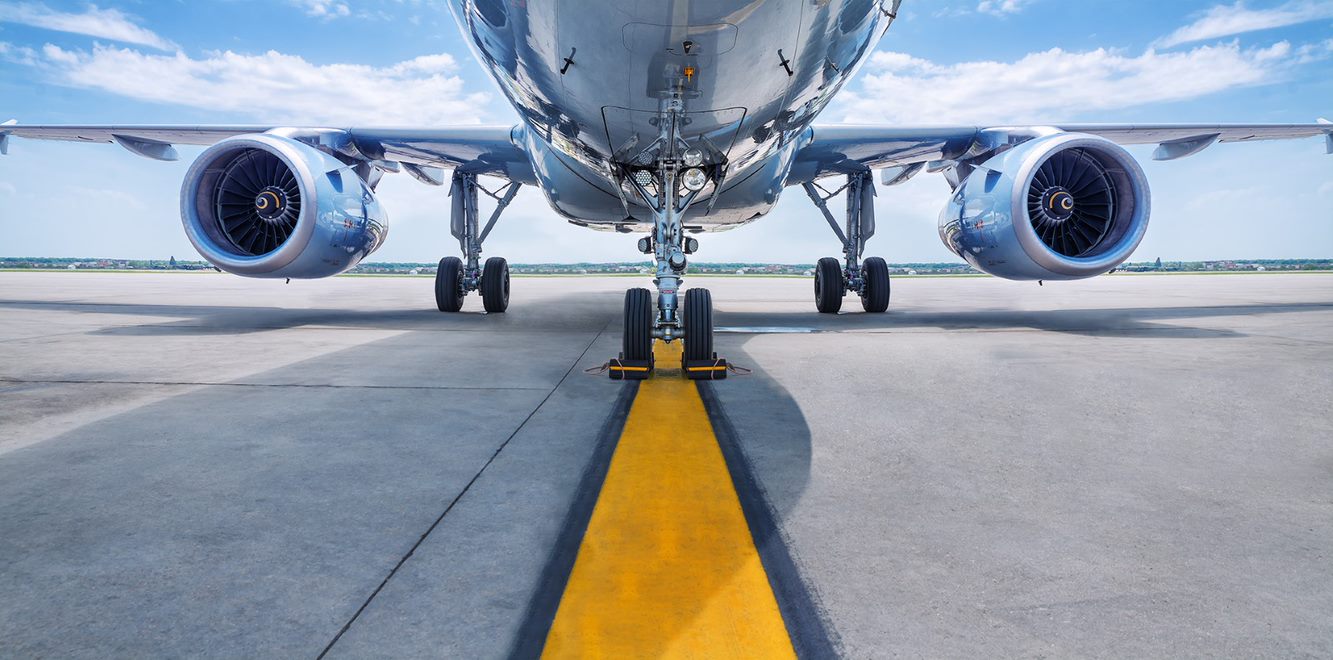Norwegian authorities have drawn up a programme for introduction of electric aircraft, as part of a national transport plan to published in spring next year and put to the country’s parliament.
Air navigation service Avinor and the Norwegian civil aviation administration have set out objectives including the initial operation of domestic scheduled services using electric aircraft by 2030, and the complete transition to electric aircraft on such routes by 2040.
“It is in Norway’s own interest – from the perspective of both the environment [and] climate and transport policy – that zero- and low-emission aircraft are developed which are capable of operating on the unique Norwegian short-haul network under the prevailing meteorological conditions in the country,” their analysis states.
Norway has a “unique” short-haul network, it says, with interested stakeholders and the political will to electrify the transport sector – and these elements mean the country is “well-suited and recognised” as a “very interesting test area” and a primary market for electrification of civil aviation.
“If Norway does not take the lead, there is also a risk that the zero- and low-emission aircraft developed will be unsuitable for Norwegian winter conditions and runway lengths on the short-haul network,” it warns.
The analysis cites evidence that over 200 initiatives are under way to develop electric or hybrid-electric passenger aircraft, particularly in the 19-seat sector, and multiple airlines including Scandinavia’s SAS and Wideroe have expressed interest or engaged in collaborative projects.
“It seems clear that there are no insurmountable technological obstacles to developing electrified aircraft,” it states, adding that development, certification and introduction of 19-seat aircraft on scheduled routes should be “technically possible” from 2025-30 and larger aircraft after that.
The analysis says battery technology remains one of the main obstacles, with current lithium-ion cells offering energy density of about 250Wh/kg – expected to increase by 50-75% to 400-450Wh/kg. New-generation solid-state batteries could have the potential to raise this to 650Wh/kg, with a consequent “major impact” on range, it states.
Ranges of 350-400km would be sufficient for many Norwegian domestic services, including the “vast majority” of short-haul routes, the analysis adds.
“For longer range, given current known battery technology, it will be necessary to rely on series hybrid solutions, where the aircraft is equipped with a battery and a ‘range extender’,” it says, such as a biofuel generator-charger.
“It is important to stress that the development of electrified aircraft is still in its infancy, so it is not possible at the present time to make accurate predictions as regards timespans or costs.”
Aircraft and engine manufacturers have highlighted such technological issues as thermal control, electromagnetic radiation, weight reduction and safety requirements.
“Manufacturers do not see these challenges as insurmountable, but overcoming them will require new and effective forms of collaboration and facilitation,” says the analysis. Norwegian companies, such as Rolls-Royce Electrical Norway in Trondheim, are already potentially positioned to serve as specialised subcontractors to the electric aviation industry…



